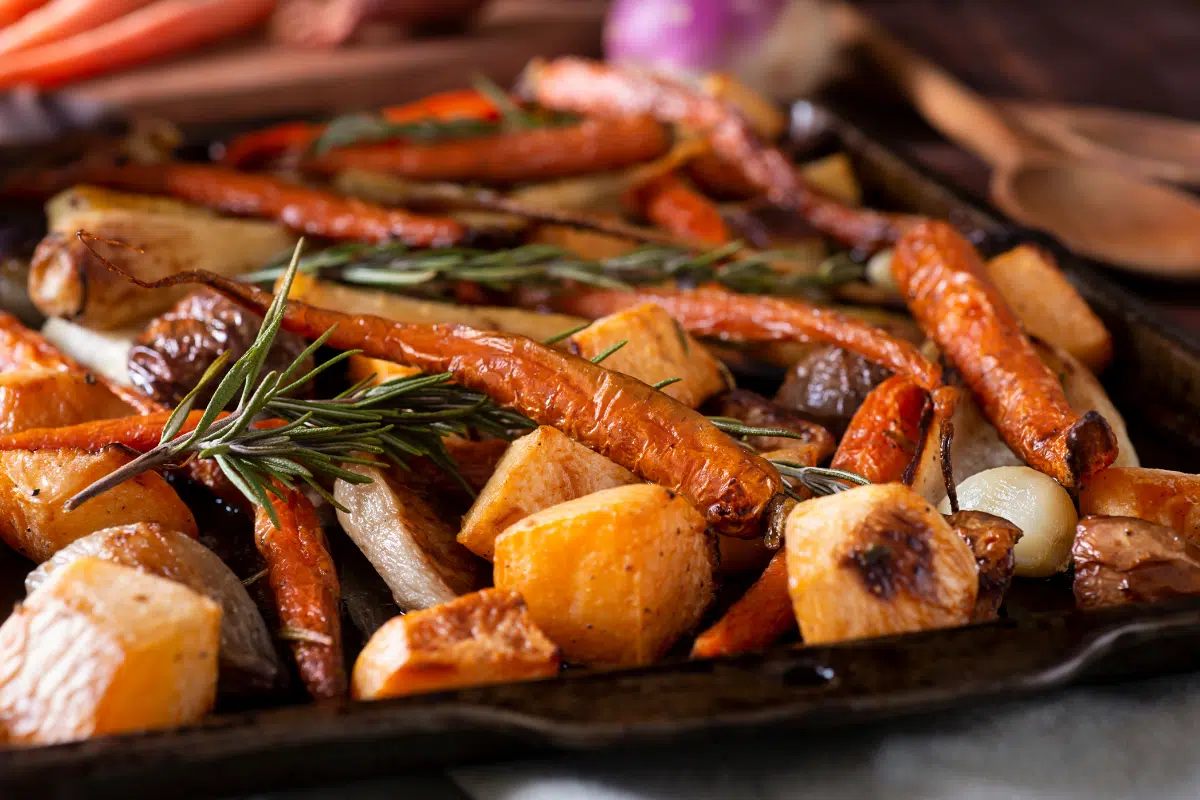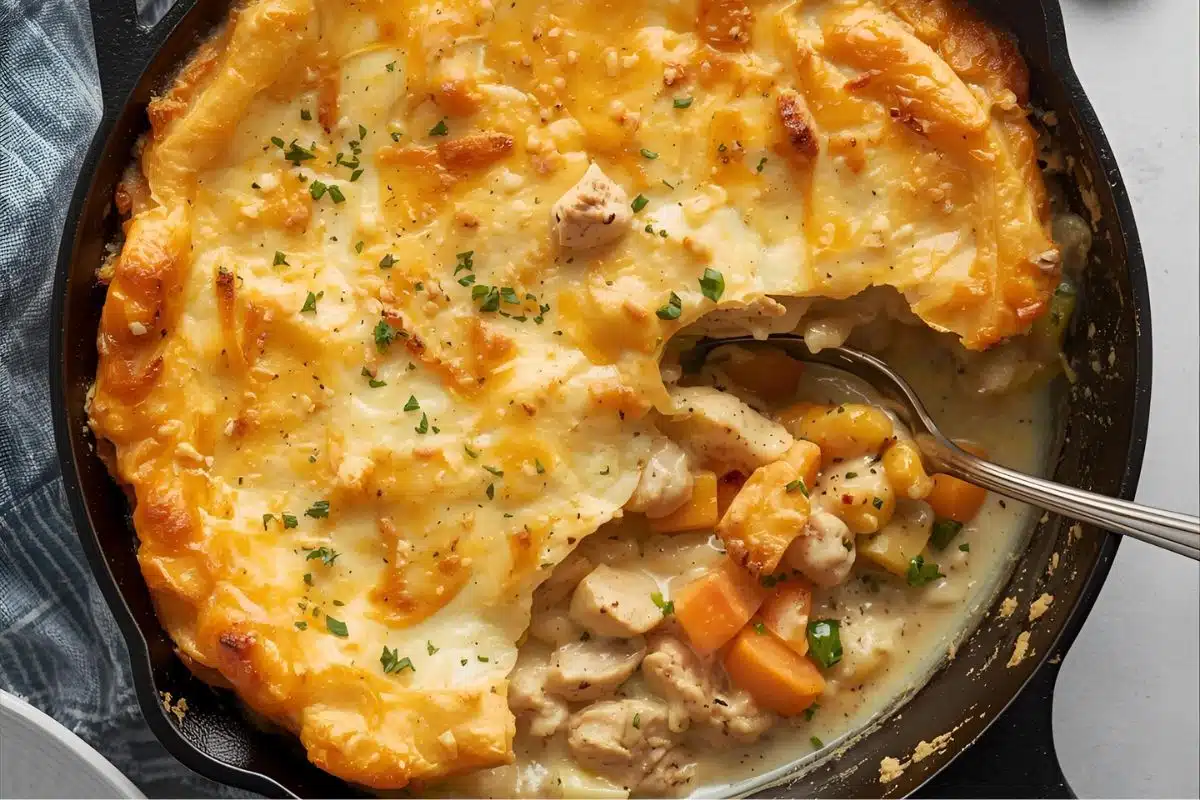Eat for the Planet: 15 Sustainable Ingredients Changing How We Cook
From climate-smart grains to regenerative dairy, sustainable ingredients are reshaping how we think about food. Today’s kitchens are more eco-conscious than ever — focusing on flavor and the future. These 15 planet-friendly ingredients are proving that mindful eating can be both delicious and impactful.
Millet
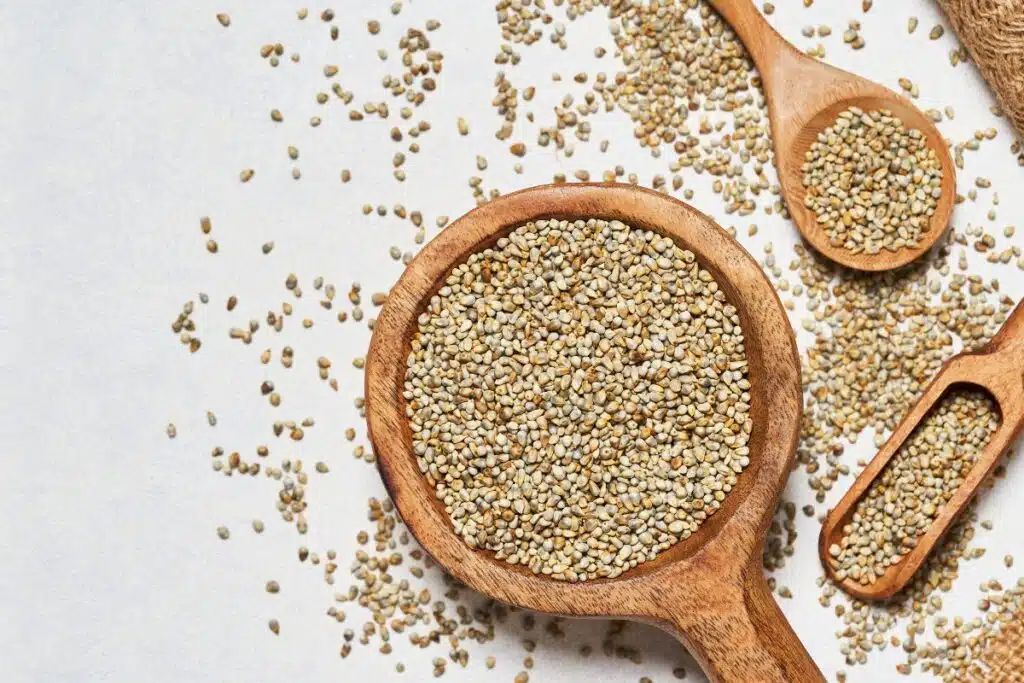
This ancient grain is drought-tolerant, nutrient-rich, and requires far less water than rice or wheat. It’s a comeback story that’s good for both your plate and the planet.
Seaweed
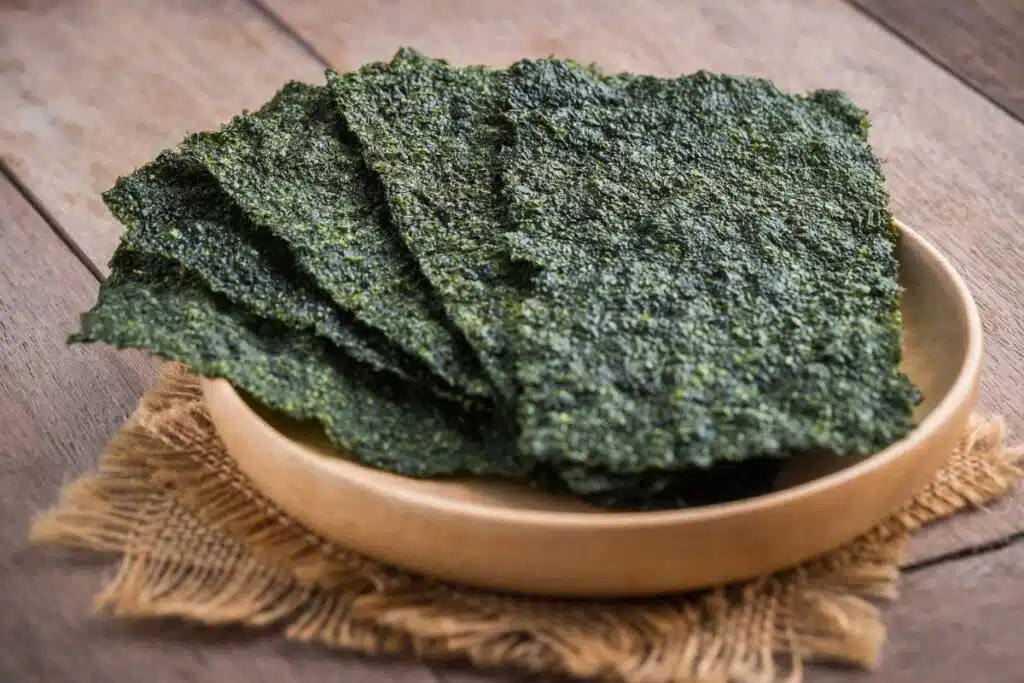
Packed with minerals and grown without freshwater or fertilizers, seaweed is the ocean’s gift to sustainability — and umami lovers.
Pulses (Lentils, Chickpeas, Peas)
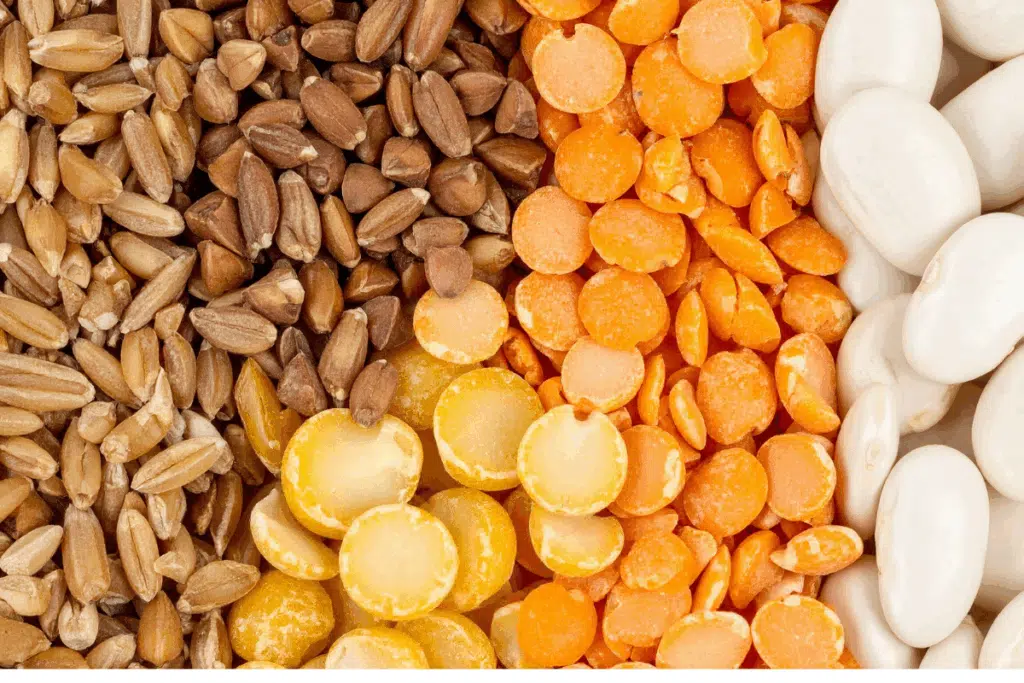
These protein powerhouses fix nitrogen in the soil, reducing the need for synthetic fertilizers while keeping you full and energized.
Oats

Oats thrive in cooler climates and demand fewer resources than many cereal crops — a comforting breakfast with a low environmental cost.
Mushrooms

A culinary chameleon, mushrooms grow on agricultural byproducts, turning waste into rich, meaty flavor.
Algae Oil

Touted as a sustainable fat source, algae oil delivers heart-healthy omega-3s while sparing overfished oceans.
Regenerative Dairy
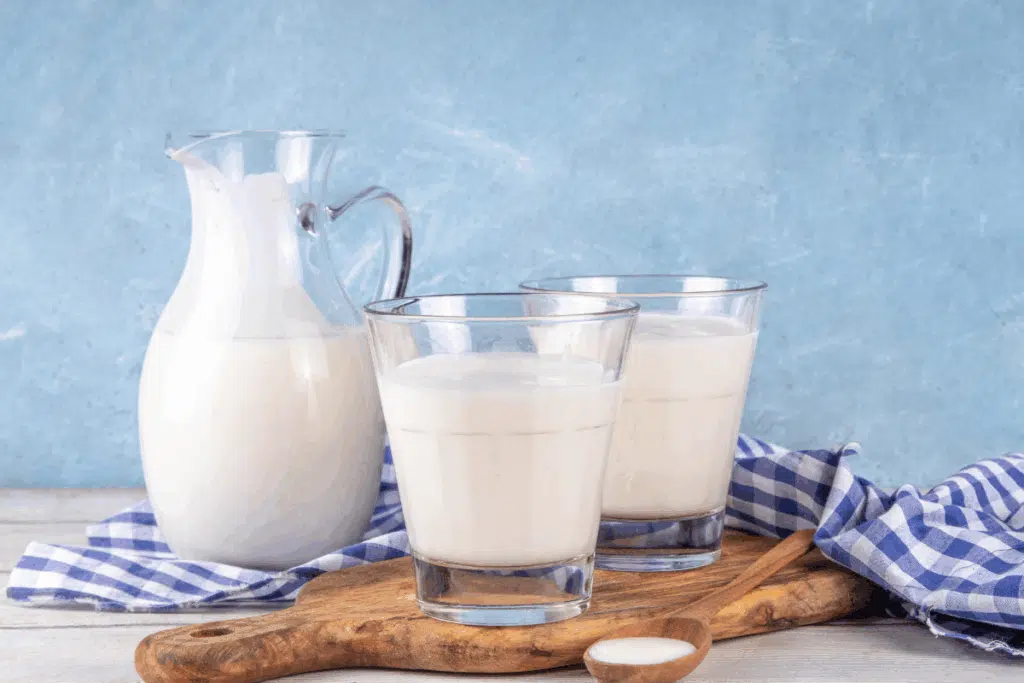
Sourced from farms focused on soil health and carbon sequestration, this dairy option puts sustainability back in the milk glass.
Invasive Fish (Like Lionfish)

Eating invasive species helps balance ecosystems — and turns a problem into a delicious dinner.
Sorghum
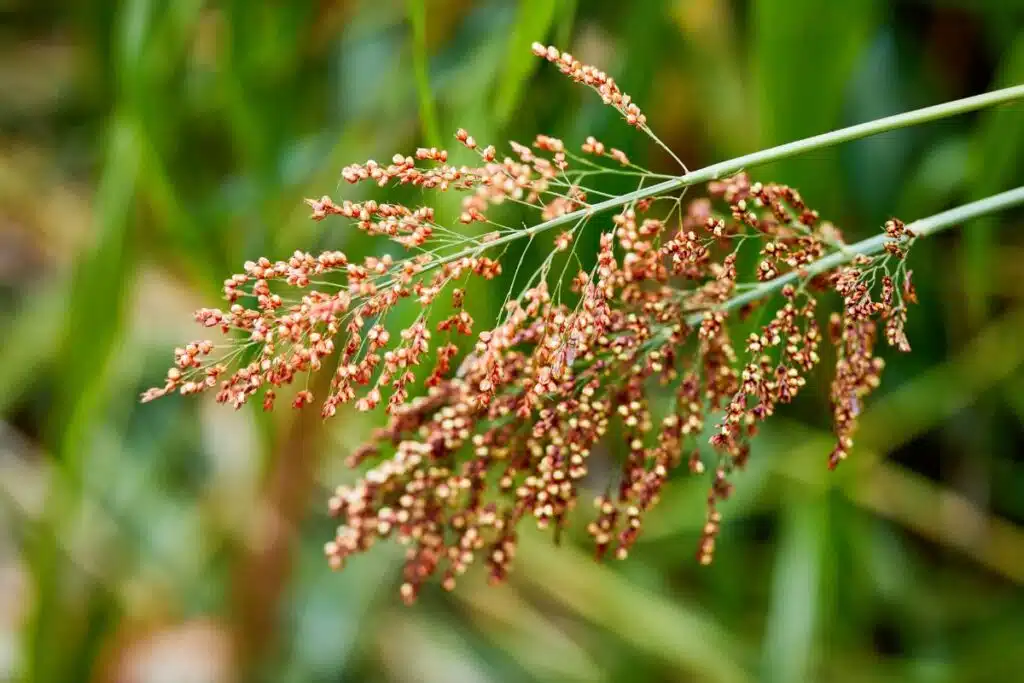
Naturally resistant to drought and heat, sorghum is a resilient alternative grain with a subtly sweet, nutty taste.
Upcycled Ingredients
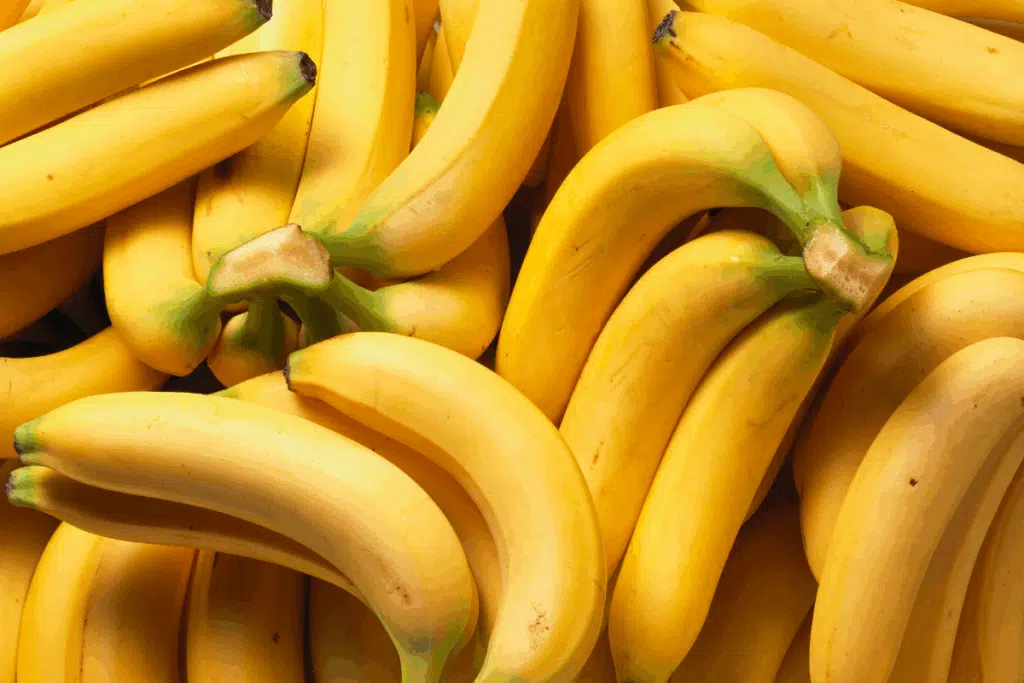
From banana peel flour to coffee cherry syrup, upcycled foods give “food waste” a delicious second life.
Lab-Grown Meat

Still emerging but promising, cultivated meat could drastically reduce land and water use compared to traditional livestock.
Bamboo Shoots
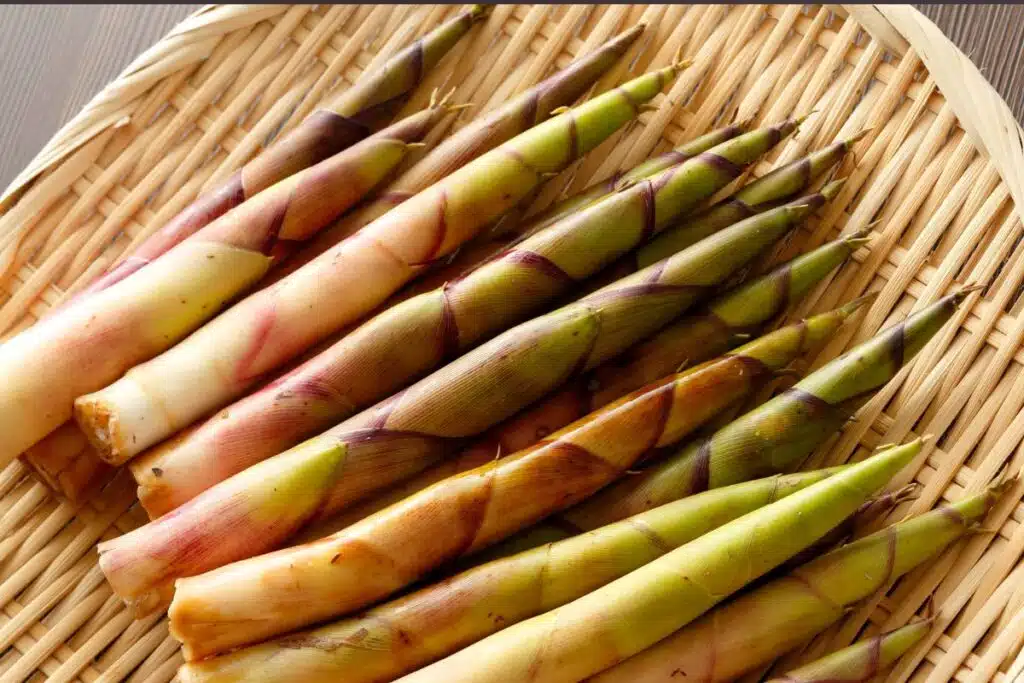
Fast-growing and carbon-absorbing, bamboo is as good for stir-fries as it is for sustainability.
Plant-Based Dairy Alternatives

Oat, almond, and soy milks continue to evolve — offering lower emissions and creamy taste for eco-minded consumers.
Heritage Beans
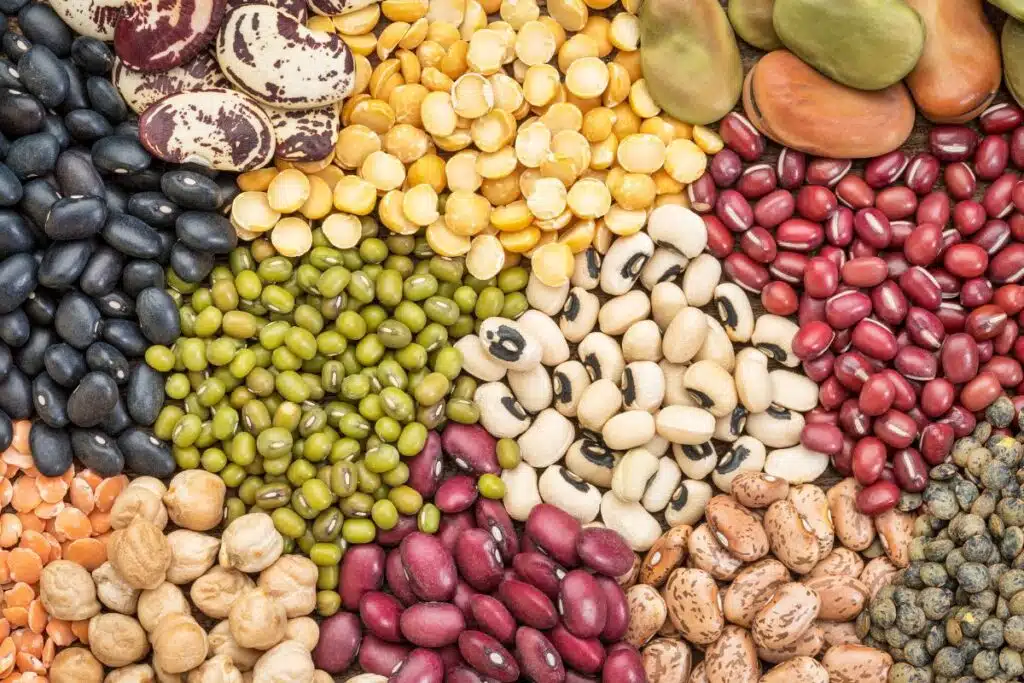
Heirloom legumes like tepary and cranberry beans preserve biodiversity and support small-scale farmers.
Jackfruit
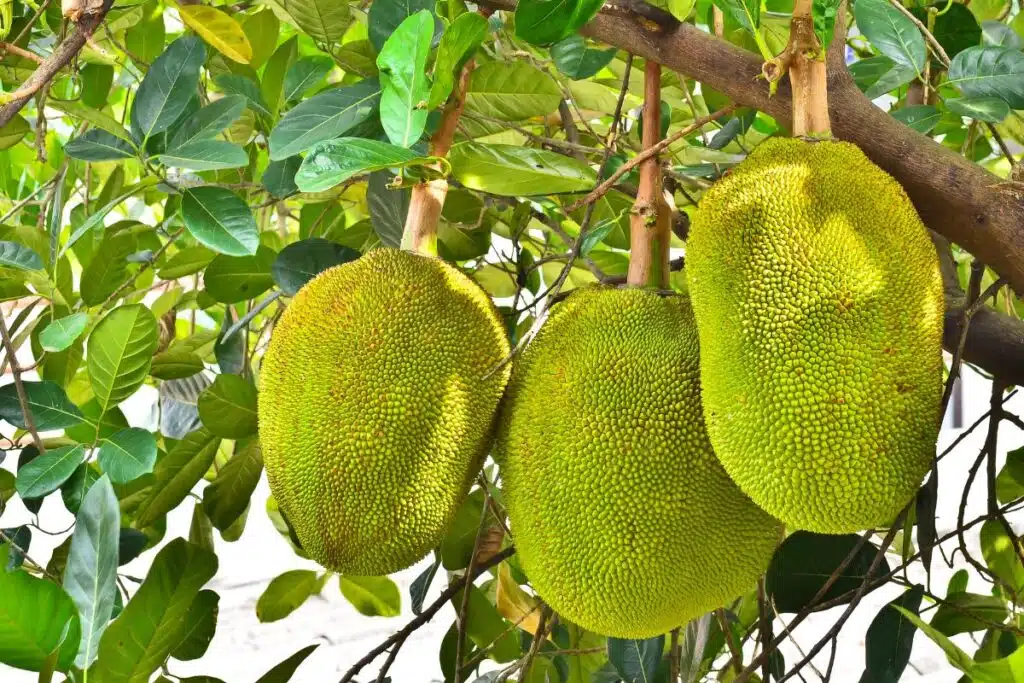
A natural meat substitute that thrives in tropical climates without intensive resources — it’s a sustainability win that tastes like barbecue heaven.
This post may contain affiliate links or sponsored content. Disclosure Policy

